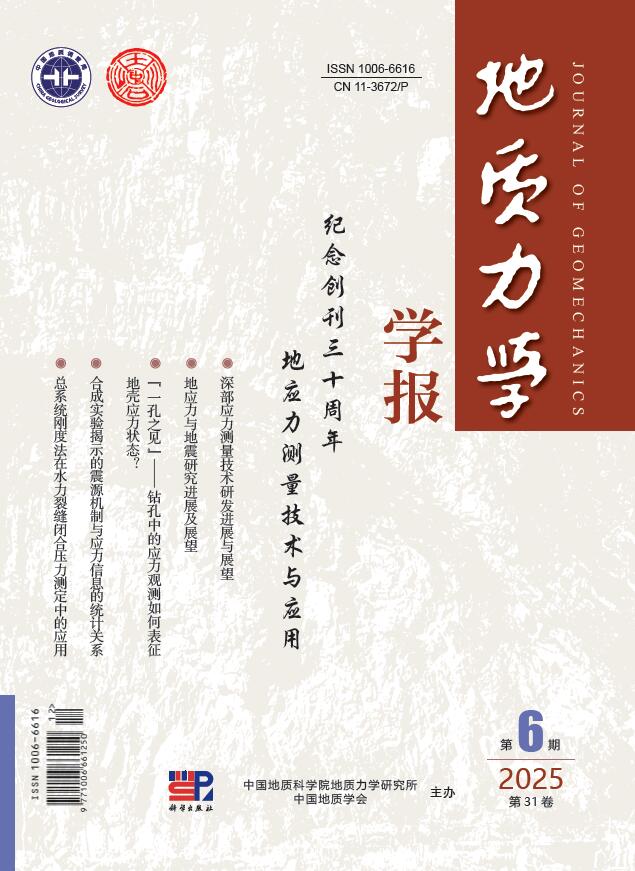2017 Vol. 23, No. 6
Display Method:
2017, 23(6): 799-809.
Abstract:
2017, 23(6): 810-820.
Abstract:
2017, 23(6): 821-828.
Abstract:
2017, 23(6): 829-837.
Abstract:
2017, 23(6): 838-845.
Abstract:
2017, 23(6): 846-855.
Abstract:
2017, 23(6): 856-863.
Abstract:
2017, 23(6): 864-881.
Abstract:
2017, 23(6): 882-892.
Abstract:
2017, 23(6): 893-903.
Abstract:
2017, 23(6): 904-913.
Abstract:
2017, 23(6): 914-922.
Abstract:
2017, 23(6): 923-934.
Abstract:
2017, 23(6): 935-942.
Abstract:



